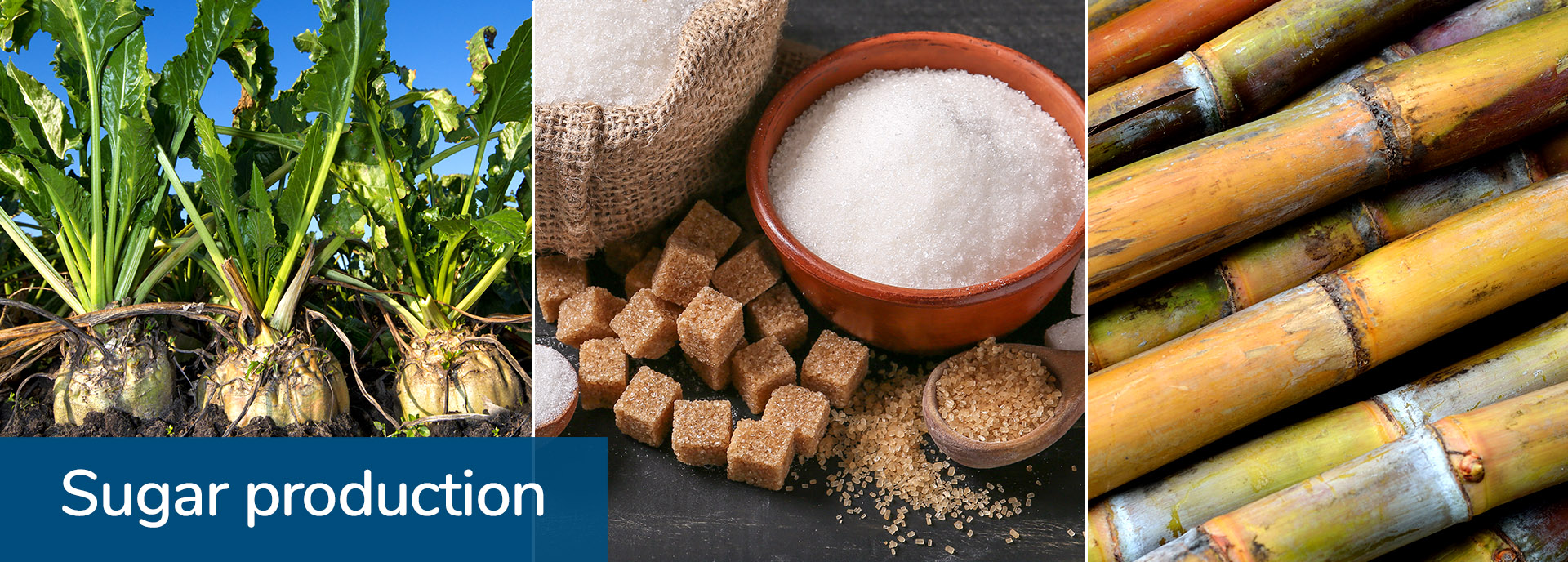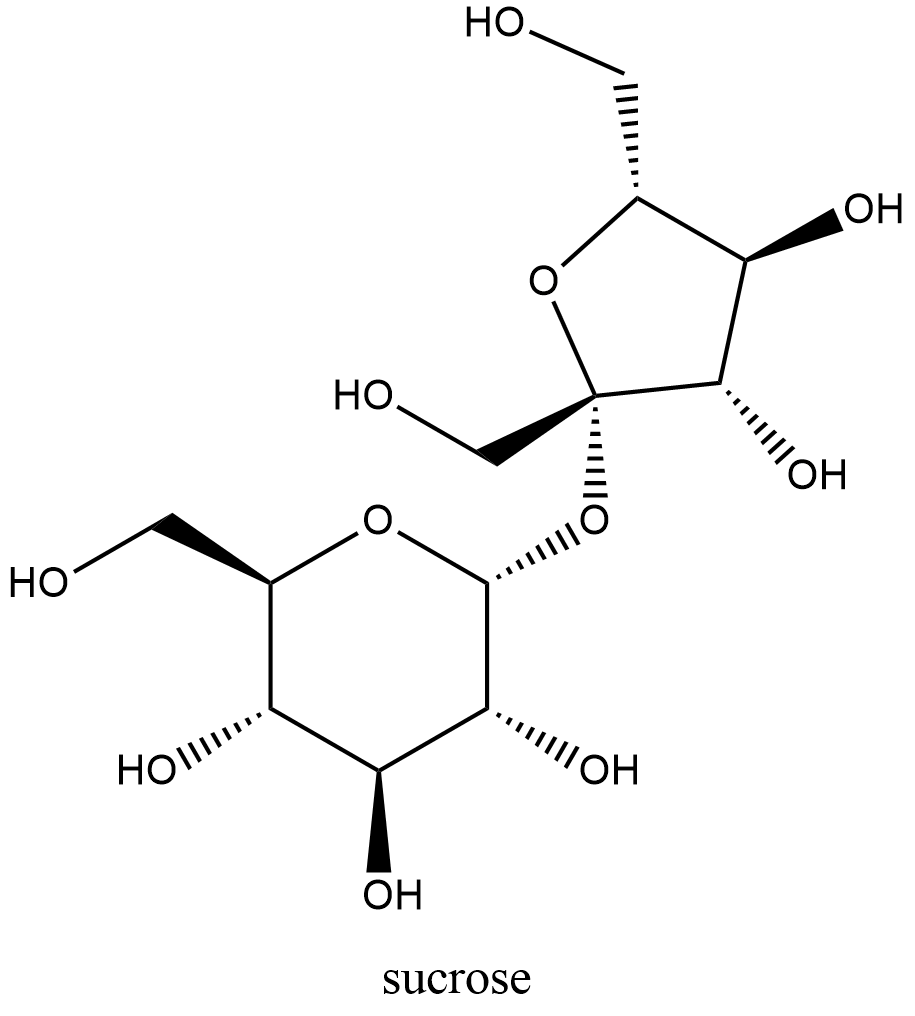Introducing the Surprising Use Sugar Cane in Sector and Cuisine
Sugar Cane is frequently identified mainly for its function in sugar, yet its applications extend much past that domain. In different sectors, it contributes to biofuels and eco-friendly plastics, showcasing its capacity for sustainability. At the same time, in the culinary globe, sugar Cane enhances both wonderful and mouthwatering recipes. This exploration exposes just how this versatile plant supports environmental and wellness advantages, welcoming a closer look at its multifaceted contributions. What lies below its wonderful surface?
The Duty of Sugar Cane in Biofuels
Although several crops add to the manufacturing of biofuels, sugar Cane attracts attention because of its high sugar web content and efficiency in converting sunlight into power. This exotic yard is grown thoroughly in areas with suitable climates, where it flourishes and produces considerable yields per hectare. The sugar extracted from Cane can be fermented to generate ethanol, a sustainable power resource that decreases dependence on nonrenewable fuel sources.
Furthermore, sugar Cane biofuels send out less greenhouse gases contrasted to standard petroleum-based fuels, making them a more eco-friendly alternative. Countries like Brazil have efficiently incorporated sugar Cane into their power plans, promoting its usage in transport and energy generation. The versatility of sugar Cane in biofuel manufacturing additionally supports rural economic climates by developing job chances in agricultural and industrial sectors. Generally, sugar Cane plays an important role in the search of sustainable energy remedies and adds to global efforts versus climate adjustment.
Sugar Cane as a Source of Eco-friendly Plastics
As the world faces the plastic contamination crisis, sugar Cane becomes a promising resource for biodegradable plastics. Derived from its abundant cellulose, sugar Cane can be processed right into polylactic acid (PLA), a naturally degradable polymer that works as a lasting alternative to traditional petroleum-based plastics. This environmentally friendly product not only lowers reliance on fossil gas however additionally lessens carbon discharges throughout production.
Industries are progressively adopting sugar cane-based plastics for different applications, including packaging, non reusable cutlery, and farming movies. These products break down naturally, reducing the durable ecological impact connected with conventional plastics.
Additionally, the farming of sugar Cane supports country economic situations and advertises sustainable farming practices. As study advancements, the capacity for sugar cane-derived naturally degradable plastics to replace single-use items remains to grow, supplying a glimmer of hope in the fight versus plastic waste and fostering a circular economic situation.
Culinary Applications of Sugar Cane in Savory Dishes
Sugar cane, frequently well known for its sweetness, additionally finds a location in the cooking domain name of full-flavored recipes. Its juice, when reduced, can develop an abundant polish for meats, imparting both taste and a glossy surface. In different foods, sugar Cane is utilized to marinate healthy proteins, where its natural sugars improve caramelization throughout cooking.
In addition, sugar Cane can be juiced and combined with spices to develop vivid sauces, specifically in Caribbean and asian meals. The coarse residues of sugar cane, understood as bagasse, can also be utilized in barbecuing, instilling a subtle sweet taste right into veggies and seafood.
Sugar Cane syrup offers as an alternative sugar in salad dressings, stabilizing level of acidity and adding depth to flavors. Chefs increasingly check out these avenues, demonstrating that sugar Cane expands beyond treats, enriching savory culinary experiences with its special qualities and convenience.
Cutting-edge Treats Including Sugar Cane
Exactly how can the all-natural sweet taste of sugar Cane be changed into innovative treats that thrill the palate? Cooks globally are exploring this adaptability by incorporating sugar Cane into numerous pleasant deals with. One prominent method is making use of sugar Cane syrup as an all-natural sweetener, boosting the tastes of cakes and pastries while offering an one-of-a-kind caramel touch.
In addition, sugar Cane can be refined into granulated kind, making it an excellent component for cookies and confections that need a distinct sweet taste (What Is Sugar Cane Used For). Cutting-edge ice lotions and sorbets made from sugar Cane puree showcase its invigorating qualities, often incorporated with exotic fruits for an exotic spin
Mousse and desserts infused with sugar Cane add a layer of intricacy to standard desserts, providing a delightful equilibrium of sweetness and appearance. Overall, the cooking possibilities of sugar Cane in treats continue to influence creative thinking, recording the essence of this natural ingredient in fascinating brand-new types.
Sugar Cane Juice: A Refreshing Beverage Option
Sugar Cane juice offers a nutritious alternative to numerous traditional drinks, packed with nutrients that advertise total wellness. Both old and modern recipes showcase its adaptability, making it a prominent choice in different societies. Furthermore, sugar Cane here are the findings juice functions as a straight from the source much healthier sweetening alternative, appealing to those looking for all-natural options.
Nutritional Advantages of Juice
While several beverages provide hydration, few match the distinct dietary profile of sugar Cane juice. Rich in important nutrients, this naturally pleasant drink consists of vitamins A, B1, B2, B3, B5, B6, C, and different minerals such as potassium, calcium, and magnesium. The high antioxidant web content aids fight oxidative anxiety, advertising overall health. Sugar Cane juice also provides a fast source of energy because of its all-natural sugars, making it an exceptional option for individuals and athletes needing an energy boost. In addition, its low glycemic index makes it ideal for those monitoring blood sugar degrees. Invigorating and moisturizing, sugar Cane juice sticks out as a nutritious choice to numerous standard beverages, sustaining both health and wellness and health.

Traditional and Modern Recipes
Structure on its dietary benefits, sugar Cane juice has inspired a range of modern and conventional dishes that showcase its flexibility as a renewing beverage option. In several cultures, it is delighted in fresh, commonly served with a squeeze of lime or mint for added flavor. Standard recipes include invigorating sugar Cane juice blended with coconut water, developing a tropical drink enjoyed in warm environments. Modern interpretations have actually arised, featuring sugar Cane juice as a base for mixed drinks, smoothies, and even desserts. Cooks and mixologists experiment with its all-natural sweet taste, combining it with flavors like ginger or herbs like basil. These ingenious uses highlight sugar Cane juice's flexibility, making it a popular option for those seeking invigorating and tasty beverage alternatives.
Much Healthier Sweetening Different
As customers significantly seek healthier options, sugar Cane juice becomes a revitalizing sweetening alternative that supplies countless benefits. This natural drink, drawn out from fresh sugar walking stick, includes important vitamins, minerals, and anti-oxidants, advertising overall wellness. Unlike fine-tuned sugars, sugar Cane juice has a lower glycemic index, making it an ideal option for those keeping an eye on blood glucose levels. In addition, its hydrating properties make it a stimulating drink, particularly in warm climates. The juice can be appreciated on its very own or incorporated right into numerous drinks, improving flavor without the downsides of sweetening agents. As a healthier sweetening option, sugar Cane juice not only satisfies the taste buds but likewise contributes favorably to a well balanced diet plan.
Wellness Advantages of Sugar Cane and Its Results
Although usually connected mainly with sweet taste, sugar Cane supplies a variety of health and wellness benefits that extend past its usage as a sugar. Rich in crucial nutrients, sugar Cane juice includes vitamins A, Minerals, c, and b like calcium, magnesium, and iron, contributing to total health. Its high antioxidant material aids fight oxidative stress and anxiety, potentially reducing the threat of chronic conditions
Furthermore, sugar Cane by-products, such as molasses, give additional wellness benefits. Molasses is recognized for its iron web content, which can aid protect against anemia, and its ability to sustain check this gastrointestinal health because of its rich fiber material. Sugar Cane is additionally thought to assist in hydration, making it a popular choice in tropical regions.
Lasting Farming Practices for Sugar Cane Production

While the need for sugar Cane continues to expand, carrying out lasting farming methods is vital to alleviate environmental impacts and secure long-term stability. Farmers are significantly taking on plant rotation, which boosts dirt health and wellness and decreases insect infestations. By alternating sugar Cane with legumes or other crops, they can maintain nutrient equilibrium and reduced dependancy on chemical plant foods.

Furthermore, the promotion of natural farming methods is obtaining traction, promoting biodiversity and boosting community durability. These methods not just support ecological sustainability but likewise yield high-grade sugar walking cane, interesting health-conscious consumers. Ultimately, welcoming these sustainable strategies guarantees that sugar Cane production can fulfill future needs without endangering the planet's health.
Often Asked Concerns
Can Sugar Cane Be Utilized in Standard Medication?
The questions regarding sugar walking stick's function in standard medication exposes its possible advantages. Historically, various societies have used sugar Cane for its calming buildings, believing it assists digestion and advertises overall health and wellness via natural remedies.
What Are the Environmental Effects of Sugar Cane Farming?
The environmental effects of sugar Cane farming include deforestation, water depletion, and soil deterioration. Pesticide and fertilizer overflow can damage neighborhood communities, while monoculture practices reduce biodiversity, causing long-term ecological discrepancies in influenced areas.
Exactly How Is Sugar Cane Harvested and Processed?
Sugar Cane is typically harvested either by hand or mechanically. After reducing, it goes through handling that consists of washing, squashing, and removing juice, which is after that detoxified and concentrated to create sugar or various other by-products.
Is Sugar Cane Gluten-Free?
The question of sugar walking cane's gluten-free standing exposes that it is undoubtedly without gluten, making it a risk-free choice for individuals with gluten sensitivities or celiac disease, enabling versatile usage in different culinary applications.
What Types of Sugar Cane Varieties Exist?
Various sugar Cane varieties exist, consisting of Saccharum officinarum, recognized for high sugar web content; Saccharum spontaneum, a wild species; and hybrid types, which integrate traits for boosted yield and disease resistance, satisfying diverse farming requirements.
Several crops add to the production of biofuels, sugar Cane stands out due to its high sugar web content and efficiency in converting sunlight right into energy. Acquired from its plentiful cellulose, sugar Cane can be refined into polylactic acid (PLA), a biodegradable polymer that serves as a sustainable option to traditional petroleum-based plastics. Sugar Cane juice additionally offers a fast resource of energy due to its natural sugars, making it an excellent option for athletes and individuals needing an energy increase. As customers increasingly look for much healthier choices, sugar Cane juice arises as a revitalizing sweetening alternative that uses various benefits. Unlike improved sugars, sugar Cane juice has a reduced glycemic index, making it a suitable option for those keeping track of blood sugar levels.